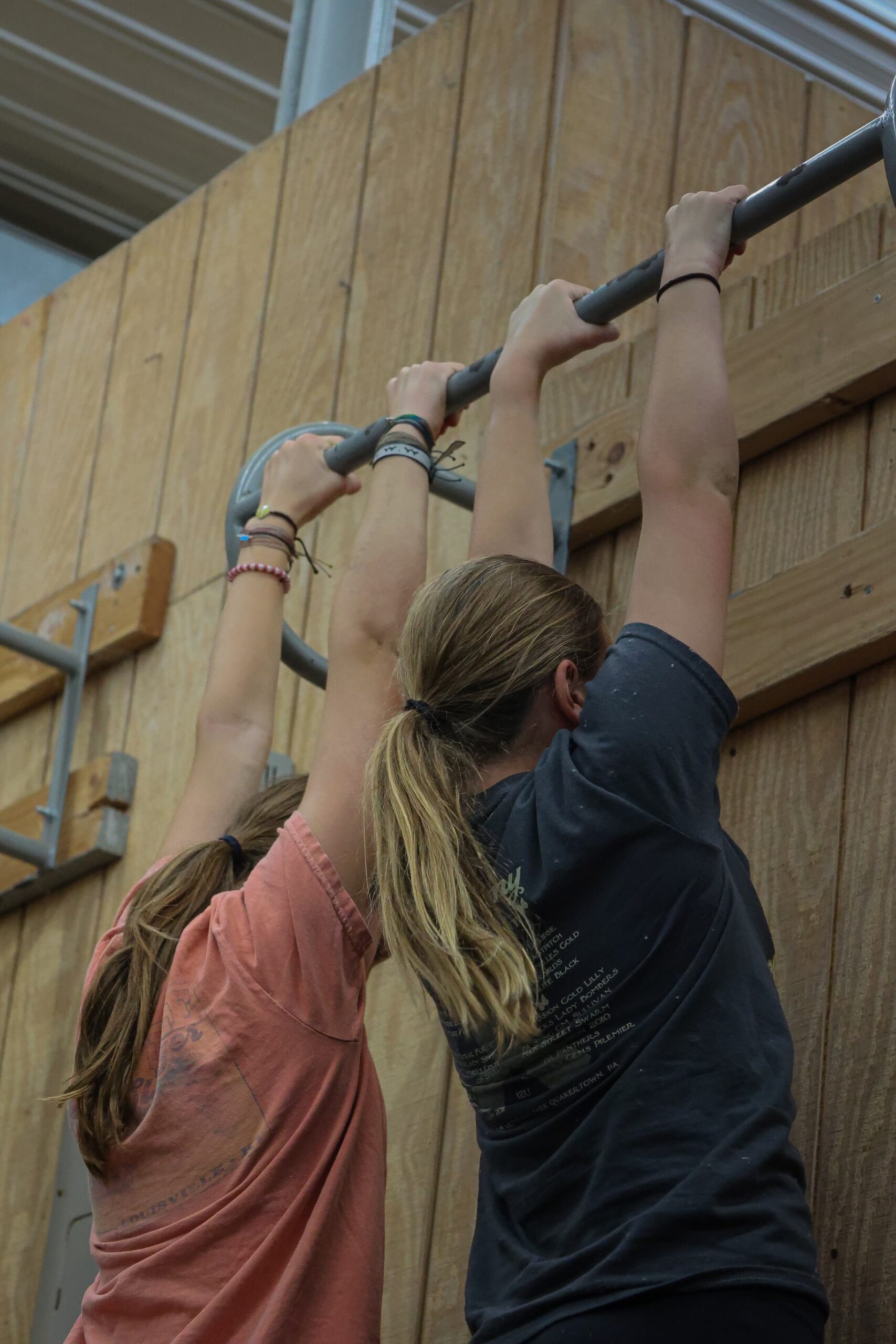“Individuals who believe their talents can be developed (through hard work, good strategies, and input from others) have a growth mindset. They tend to achieve more than those with a more fixed mindset (those who believe their talents are innate gifts).” – https://www.youtube.com/watch?v=isHM1rEd3GE -Carol Dweck
Player Development
The approach of Long Term Athletic Development (LTAD). The body is a dynamic machine and like all machines you have to program it early to achieve the maximum outcome. Training youth baseball and softball players is easy as long as you do not worry about hitting the ball. Most coaches teach ball contact before swing patterns and in doing so young players develop poor, inconsistent swing patterns.
Our approach is complex, but individualized in such a way that the player’s athletic development is the focus regardless of baseball or softball skills. We work to organize a player’s development in the following:
- Max Effort Method – Lifting of a maximal load against a maximal resistance
- Dynamic Effort Method – Lifting of a non-maximal load at maximal speed
- Repeated Effort Method – Lifting of a sub-maximal load to fatigue
- Submaximal Effort Method – Lifting of a sub-maximal load not to fatigue
Our formula for success is:
Mass x Acceleration x CNS Pattern = Force Production
Training young baseball and softball players is a process that is not unlike training an adult. The difference is not in the training patterns but in the physical loads. Physical loads are ‘weight’. The methods, techniques, and approaches are always the same. What has to be considered is the time and mental engagement of the player.
When training a young hitter you must focus on the pattern that the body is following. The brain wants to repeat patterns that keep the body safe and allow the body to repeat the pattern without much thought. Our training system is based on the following principles:
- A training program must be organized
- The final results of the program should improve the player’s skills and performance
- Increase the player’s motor potential
- Improve the player’s ability to use his motor potential with a specific exercise
- Improve the player’s SKILL
- The player’s functional state must be continually monitored
- The program must follow logical reasoning
Understanding that a player’s pain comes from either a collision, poor joint alignment, or overuse is key to understanding how to train the player. Baseball and softball players must train more than one leg and/or unilaterally to develop both joint awareness (proprioception) and ground reaction force to create a dynamic pattern.
The Balance Bat Academy uses eccentric, isometric, and isokinetic (constant velocity of motion) muscle actions to train young hitters. Our goal is to teach and train young hitters to understand their body patterns as they are their best coaches. The following areas of focus guide our training process:
For 6 to 10 year olds the following should be considered:
- Movement patterns – Physical limitations
- Visual stimulation
- Spatial Awareness
- Reaction Time
At the age of 6 to 10, the initial preparation stage begins for players. This stage is more about developing athleticism and not baseball-specific body patterns. Although this is widely acceptable, Balance Hitting believes that baseball-specific body patterns do neurology develop during this stage and should be integrated into the player’s program.
For 10 to 12-year-olds the following should be considered:
- Strength – Flexibility – Mobility
- Endurance
- Movement patterns
- Spatial Awareness
- Reaction Time
A readiness to learn is key to this stage of development. Players will begin to understand how their bodies perform certain tasks and therefore, begin to teach themselves how to maximize their potential with a skill or task. The concept of ‘repetition’ begins to be a focal point of the player’s development plan.
For 12 + year-olds the following should be considered
- Absolute Strength
- Absolute Speed
- Flexibility & Balance
- Spatial Awareness & Responsibility
At 12 + years old, the player’s body system must engage in more complex stimuli to achieve great goals. When the player, body begins to adapt to increased volume and loads the player’s overall skill-specific patterns fine-tune and become innate. An increase in baseball-specific achievements does correlate with the player’s motor abilities.
We have a simple approach; to run faster, then run faster; to throw far, then throw far; to swing faster, then swing faster. We focus on developing a player’s overall force production by training ground reaction force. Such training will improve a player’s vertical leap, broad jump distance, hip and shoulder mobility, and hip and shoulder separation.


